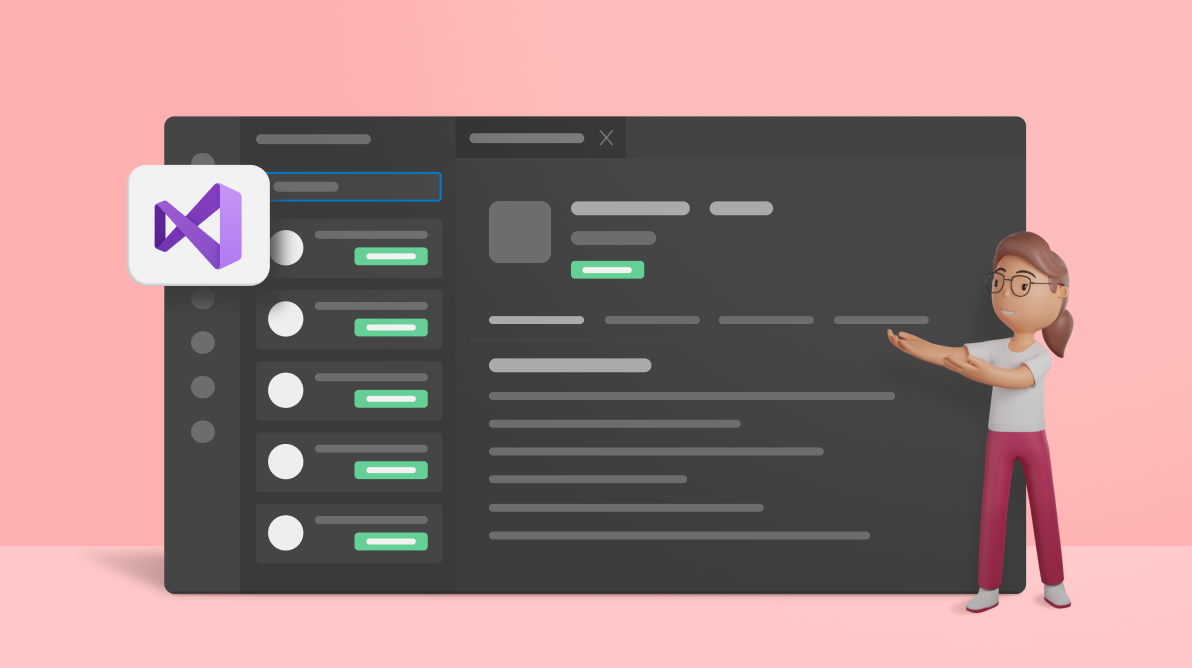
Or you might have infinites and in your vertex output position, which is undefined behavior for GPU. You might have degenerated triangles, where you have multiple of your vertices going into the same location. So it is really easy to use geometry viewer to detect cases like this, and on to our last case, sometimes it's not even possible to form triangles to visualize in 3D. So it makes sense that it is not rendered on screen.
#Easy video cutter a debugger has been found free#
Just using the geometry viewer and the free fly camera, you can see that the tree is drawn completely outside of the Frustum. And just using the viewer below, you can see all the data that these vertices are taking in and outputting.Īnd in our second case, I'm on the same draw but this time, the tree is completely missing. Just using the geometry viewer, you can click on the visibly wrong triangle. So this is the first problem, and I am going to draw call, drawing the tree, and as you can see, some of the vertices of the triangle is off screen, causing this triangle to get skewed. Now, let's take a look at three common vertex problems, and let's see how you can use geometry viewer to tackle them. It is available per-draw call just like your attachments and bond resources, so you'll have one place to investigate all your vertex issues. Geometry viewer is a new tool that visualizes the post-transform vertex data in 3D so that you can actually see what your vertex output is.Īlongside, it provides you your data input indices and output, so that you can actually correlate that back to 3D. Now, I would like to introduce you to geometry viewer. So that's why this year we combined all this data and created one place you can visualize and inspect it. Last year, with Xcode 9, we introduced input attribute view where we can see all this data combined in a table view format.īut it is still hard to debug such visual data without really correlating back to 3D. Mainly, your vertex inputs, your indices, and your vertex outputs. In Vertex Stage, there are several things to check. So it is important to rule out some of the vertex issues before moving on to debugging your shaders. And when you get it wrong, it can mess up your entire scene. Vertex Stage is the first stage of the graphics pipeline. So, let's start with the geometry viewer. And I will be showing you workloads that will help you in your day-to-day shaded elements. Tomorrow at 10:00 a.m., we have Metal Game Performance Optimization talk, and part of it, we will be covering the dependency viewer.īut today I will be focusing on geometry viewer, shader debugger, and enhanced shaded profiler. It's a great tool to navigate your workload and just understand how your are working together to create that frame. With the dependency viewer, now you get visibility into how your encoders are working together and connected through the use of resources. And this year, we have some great additions to Metal frame debugger. It is fully integrated into Xcode, providing you one place to debug and profile your Metal workloads. Metal frame debugger lets you capture Metal work with a frame of a game, or computer upload, and step through your course.Īnd it provides great profiling features, giving you access to GPU counters and pipeline statistics. But today, my focus is going to be on Metal frame debugger.

It's a great first tool to start profiling your apps, and seeing your bottlenecks. With Metal system trace, fully integrated into instruments, you get visibility into how your CPU and GPU work in parallel and the runtime performance of your app. We have Metal kits, Metal Performance shaders, and we have great tools to make your development process efficient and easy. Metal is not just about the framework and the language.


My name is Alp and today I am going to show you great tools and workflows to help you debug and profile Metal shaders. There are a number of things that can go wrong during development, and even when you get it right, they have to perform really fast. Given the massively parallel execution environment, working with shaders is not easy. Shaders are important part of graphics, and they help you create great-looking games and apps.


 0 kommentar(er)
0 kommentar(er)
